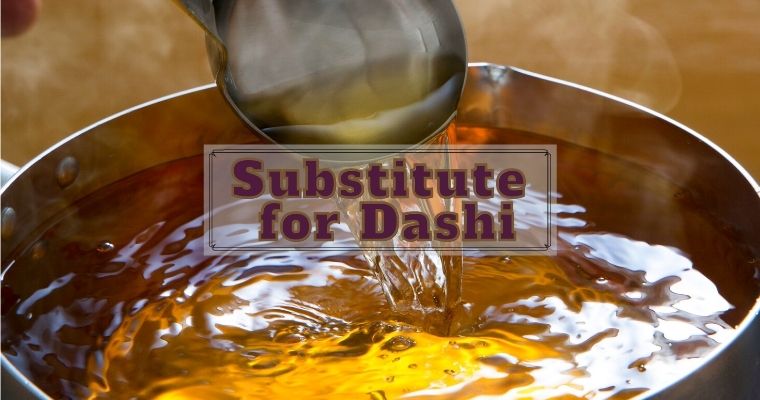Last Updated on April 10, 2022
Parsley is a green, fresh, and mild tasted herb that adds a wonderful flavor to the food. This herb is mainly used in garnishing and making different delicious dishes. Unfortunately, what should you do if you are running out of parsley or are unavailable to you? Do not panic; You will be pleased to know that there are plenty of options from which you can choose. Many herbs look and taste almost the same as the parsley. Some wonderful substitutes of parsley that you can choose among many options will be discussed in this article.
What is parsley?
Parsley is mainly a flavored solid, Versatile, and used as the garnishing and the sauces and salads. Its fragrance has made it one of the main garnishing elements in the cooking industry. The parsley’s delicious taste and incredible healing properties make it awesome ingredients for the cooking and Garnishing process. It has a strong peppery flavor and has a mild bitter earthy taste. You can consume both fresh and dried parsley as both of them are decent in the way of taste and flavor. But the dried parsley has a more bitter flavor than the fresh ones.
These are really the most available items in the supermarket, and there are different types of parsley. Italian parsley is the best of them all. Besides, there are curly parsley and long parsley. Whatever the type is, these are the most used cooking ingredients and one of the most popular herbs in dining.
Health benefits- What is parsley good for?
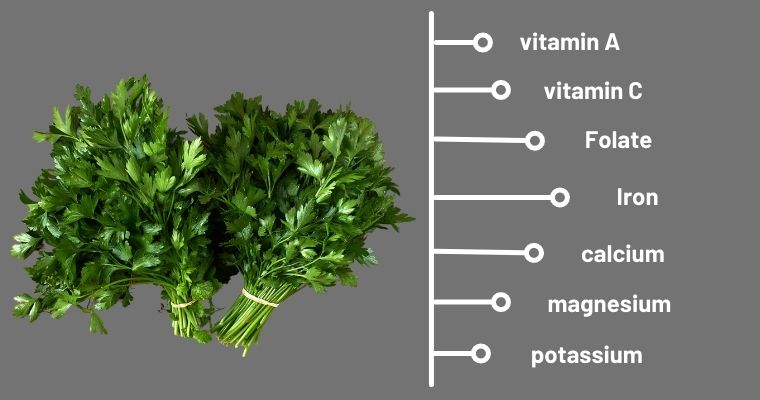
Parsley is that kind of herb that is versatile and can be used in almost all cooking items. This herb can serve you in different unique ways. Let us discuss the nutritional advantages of parsley.
- Parsley is an excellent source of vitamin A, Folate, potassium, calcium, and magnesium, which helps prevent overweight and obesity and rejuvenate the skin. This is a rich source of mineral monad antioxidants.
- Parsley boosts the immune system, and this herb is a rich source of iron. Thus, it is a potential weapon to fight anemia.
- These ingredients may promote heart health, improve hair condition, and smoothen the skin. Parsley is Anti-Aging, Anti-acne, and Anti-inflammatory, and it balances the skin tone and decreases pigmentation. It develops the density of the bones and revamps rain health.
- Parsley contains a large amount of flavone apigenin which is helpful for the prevention of cancer. It can also improve kidney health and major eye problems.
- It regulates blood sugar levels and prevents acute diabetes. Parsley is used to treat digestive and gastrointestinal disorders and has some antibacterial properties.
Different types of parsley
You may find a bunch of new and varied kinds of parsley, and all the types are almost the same in color, flavor, and texture. The main difference lies within the outlook and taste. Here I am presenting to you some major types of parsley.
Curly Parsley
This type of parsley is mainly used for decorative and garnishing purposes as it looks curly green and makes the food look gorgeous. It is comparatively less peppery than flat-leaf parsley.
Italian Parsley
This is a premium quality parsley with more pungent small, which makes it a pure staple in the cooking world, and it is used in pasta, soup, or stews for its stronger flavor. It has a distinct peppery flavor.
Root Parsley
The name tells all. Yes, these are famous for their roots. The taste is a bit different from the traditional parsley, so it is not wise to substitute the Italian or flat-leaf parsley.
Japanese Parsley
This type of parsley is not one of the most common ones; moreover, it is more often used in Japanese cuisine. This is used to make soups, salads, and stir-fries; its whole parts can be used from the roots to the leaves. Everything is edible.
Fresh vs. Dried parsley: An invisible war
It’s always been a hot topic about the difference between fresh parsley and dry parsley. Here I will try to discuss all the aspects that are different between these two,
The comparison between the flavor
In comparing the flavor, you can say that the fresh parsley has a more intense and strong flavor than the dried parsley when it becomes dry; all the flavors decrease and are subdued.
The differentiation between Cooking and Garnishing
The main difference in this arena is their cooking hours. Dried parsley has long and extensive cooking hours, so you can cook it for a long time without fearing its flavor disappearing. On the other hand, you cannot cook fresh parsley for a long time as all the flavor and nutrients get destroyed. Normally fresh parsley is added at the very last of the cooking process so that it remains fresh and colorful.
The fresh parsley is more available than the dried ones as the dried parsley has to process until it leaves all the moisture. One more point is that the dry parsley is more expensive than the fresh ones as they are processed. Fresh parsley has more intense and stronger flavors than dried parsley; before crushing this and drying it for later use, my suggestion is never to crush these until it is fully dried and all the dumpiness disappears fully. If you Crush the dried herbs, you may find that releasing aromatic oils increases the flavor profile. Fresh parsley is better for garnishing and cooking as it has a stronger flavor. The dried parsley’s shelf life is longer than the fresh parsley and will not go bad or go to waste easily.
The Ultimate Uses of parsley in recipes
Parsley Has a variety of uses, and it is quite famous for its deep green look and strong flavor. On the basis of that, it can be discussed in the following points,
- In garnishing and the dressing
- Increases the deliciousness of Salads and soups
- Adds the super taste in juices
- Used quite often in Meat and Salad dishes
- It is used In seasoning and can be used as a breath freshener too
14 Excellent Substitutes for Parsley With Pictures
Arugula
 Actually, arugula is not a herb. It is more of a salad vegetable. The taste of arugula is kind of peppery and bitter. The arugula leaves are a little bit bigger than the traditional herbs, so if you have to finely chop this before using it and use it in a very small percentage as the taste is too bitter. This is one of the best alternatives that you can use instead of parsley.
Actually, arugula is not a herb. It is more of a salad vegetable. The taste of arugula is kind of peppery and bitter. The arugula leaves are a little bit bigger than the traditional herbs, so if you have to finely chop this before using it and use it in a very small percentage as the taste is too bitter. This is one of the best alternatives that you can use instead of parsley.
Basil leaves
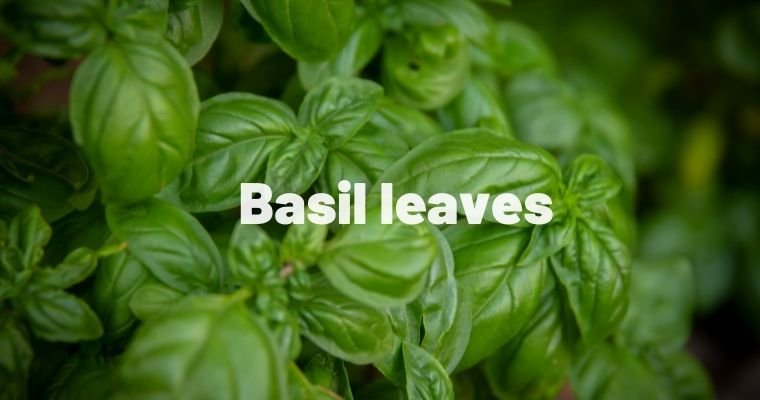 This is a strongly more flavored green and bright herb that is used mostly in Italian cooking. This is best for garnishing as they have a vivid deep green color. They are loaded with antioxidants and minerals. It has a mildly pungent flavor, making it a great substitute for parsley. It is mostly used in the preparation of the green salad mix, pasta, pizza, dips, dressings, and many meaty dishes.
This is a strongly more flavored green and bright herb that is used mostly in Italian cooking. This is best for garnishing as they have a vivid deep green color. They are loaded with antioxidants and minerals. It has a mildly pungent flavor, making it a great substitute for parsley. It is mostly used in the preparation of the green salad mix, pasta, pizza, dips, dressings, and many meaty dishes.
Carrot greens
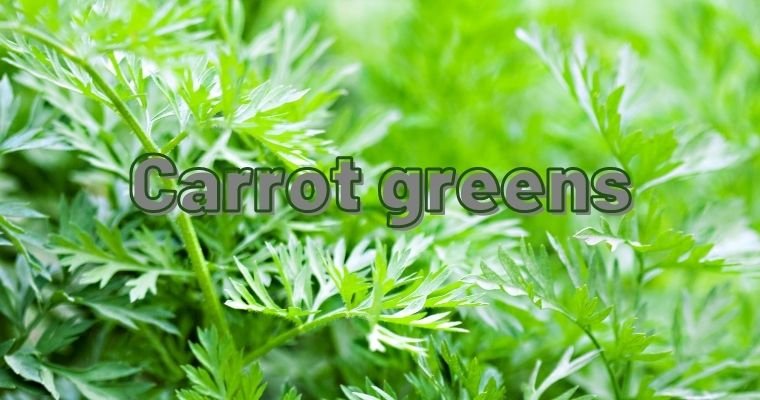
These are the extra upper portions of the carrot. The carrot tops are used as garnishing items. It is filled with Vitamin C and antioxidants that may boost your immunity system, like the carrot. Though to its strong bitter flavor, it is not recommended as the alternative bit in case you are preparing an item from the carrot. Then you can use it.
Chervil

Chervil more or less looks almost the same as the parsley. As it looks like parsley, you can use it in garnishing your food items. The leaves are delicate and small, so there is no need to chop them. You can directly use it; chervil tastes like flat-leaf parsley and has a milder taste, so you can use it in a larger portion.
Chives

This mostly tastes like garlic and onion slices. Chives have a milder and more lenient flavor, so you can add this to your garnishing in a good amount. Fresh and dried chives can both be used in a wide variety of dishes. It contains a huge amount of beta carotene and vitamin A which promotes development in cell growth.
Cilantro
 Cilantro is one of the most familiar herbs used in the Indian subcontinent. The flavor of the cilantro is very strong, so you should be wise while using these In your foods. It is normally the extended upper part of the raw onion, so it owns the bitter flavor of raw onion. So that cilantro can be used in those dishes which are made with onions.
Cilantro is one of the most familiar herbs used in the Indian subcontinent. The flavor of the cilantro is very strong, so you should be wise while using these In your foods. It is normally the extended upper part of the raw onion, so it owns the bitter flavor of raw onion. So that cilantro can be used in those dishes which are made with onions.
Oregano
 Dried oregano is very common to us, but the fresh oregano leaves can also be used in garnishing food items. It possesses a rough savory flavor, so you must use this in a very low quantity. Dried oregano is found in a bottle at the supermarket, mostly used in Italian and French cuisine and in making pizzas and junk foods.
Dried oregano is very common to us, but the fresh oregano leaves can also be used in garnishing food items. It possesses a rough savory flavor, so you must use this in a very low quantity. Dried oregano is found in a bottle at the supermarket, mostly used in Italian and French cuisine and in making pizzas and junk foods.
Tarragon
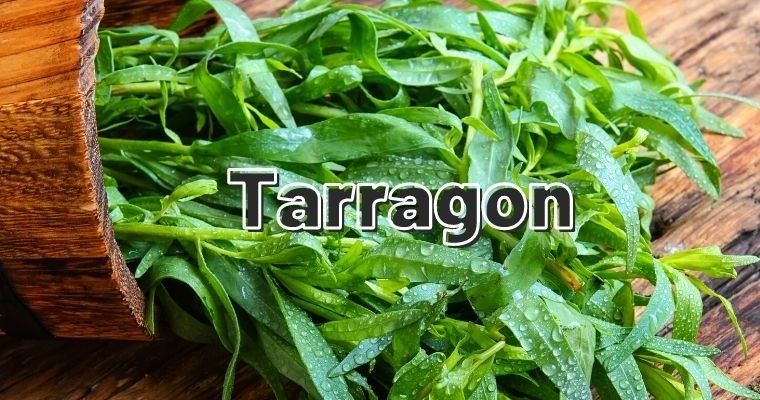 It is a famous herb used in French dishes. Tarragon is used in garnishing and dressing salads. Before using, it must be chopped and sliced. As it has a licorice-like flavor, it is used in a very small quantity.
It is a famous herb used in French dishes. Tarragon is used in garnishing and dressing salads. Before using, it must be chopped and sliced. As it has a licorice-like flavor, it is used in a very small quantity.
Endive
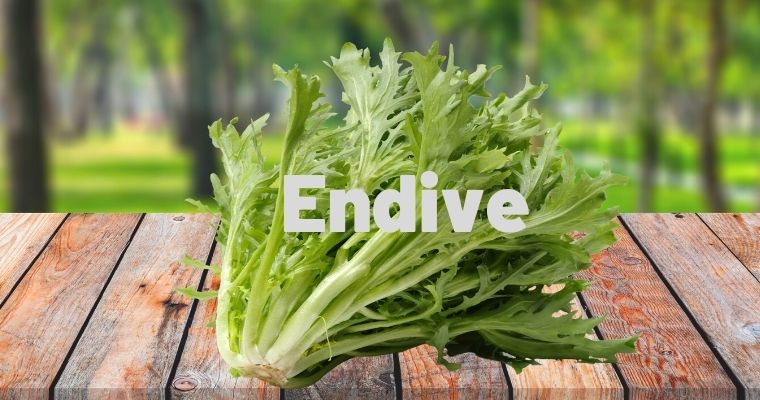 It is a similar kind of herb to the arugula. Curly endives look identical to the curly parsley, so garnishing it instead of the parsley will not be difficult. It is a fiber-enriched herb that gives you relief from acute constipation and normalizes stool by creating good bacteria.
It is a similar kind of herb to the arugula. Curly endives look identical to the curly parsley, so garnishing it instead of the parsley will not be difficult. It is a fiber-enriched herb that gives you relief from acute constipation and normalizes stool by creating good bacteria.
Coriander
 It is mainly produced from the seeds of the coriander, and It bears a sweet and lemon mint flavor. It is generally used in soups, stews, and salad dressings. If you want a mild flavor, then it can be a good alternative to parsley.
It is mainly produced from the seeds of the coriander, and It bears a sweet and lemon mint flavor. It is generally used in soups, stews, and salad dressings. If you want a mild flavor, then it can be a good alternative to parsley.
Rosemary
 It has a bitter, pungent flavor, so if you want a strong flavor in your food, then undoubtedly use this. This is one of the most suitable substitutes for the parsley, as chopped rosemary adds a parsley-like flavor to the food.
It has a bitter, pungent flavor, so if you want a strong flavor in your food, then undoubtedly use this. This is one of the most suitable substitutes for the parsley, as chopped rosemary adds a parsley-like flavor to the food.
Celery Leaves
 Celery is the closest to parsley; they belong to the same family. It can be used as a garnish. Parsley and celery both have almost the same flavor and nutritional qualities though parsley looks more colorful than the celery.
Celery is the closest to parsley; they belong to the same family. It can be used as a garnish. Parsley and celery both have almost the same flavor and nutritional qualities though parsley looks more colorful than the celery.
Thyme
 This herb is generally used in Mexican food preparation. Fresh thyme and fresh parsley taste almost the same; their smell is almost identical. Usually, fresh thymes are expensive, so it will be cost-effective if you use processed dry thyme.
This herb is generally used in Mexican food preparation. Fresh thyme and fresh parsley taste almost the same; their smell is almost identical. Usually, fresh thymes are expensive, so it will be cost-effective if you use processed dry thyme.
Marjoram
 The flavor of marjoram is similar to citrus and pine, But it is milder than oregano. Dried marjoram is more effective for cooking as it makes the food more flavorful. It is used in sauces, dressings, soups, stews, and salads and can be a really good substitute for parsley.
The flavor of marjoram is similar to citrus and pine, But it is milder than oregano. Dried marjoram is more effective for cooking as it makes the food more flavorful. It is used in sauces, dressings, soups, stews, and salads and can be a really good substitute for parsley.
Final words
Parsley is one of the most eminent herbs in the world. You can use this in various types of cooking and dressing. You may have started cooking. Suddenly you get a shock as you are running out of this herb while preparing that delicious item. What must you do now? Don’t panic, as this article will show you the door to the solution. The 14 exquisite herbs illustrated above will come to your rescue. You can choose any of them as a substitute for parsley. All of them have more or less the same flavor, texture, and color as the parsley.
So if you are short of parsley, use any of the herbs; It won’t let you down. But before applying these to your dish, have a careful look at the measurement. You must be careful of how much herb you should apply to your recipe. I hope this article brings you a lot of guidelines on using a substitute for parsley.
FAQs
What are the Differences Between Parsley and Celery?
Parsley is a herb that is leafy, and it is used as a cooking and garnishing ingredient. It has a strong taste that makes it a unique herb, and parsley is mostly consumed in the fresh state or even in dried form and has a strong aroma that can be used in cooking.
Celery is grown as a vegetable crop, and it comes with stalks and seeds. It can be eaten in the raw state and also after cooking. Celery stalks have an earthy texture and flavor. Celery seeds taste sweet as they contain Celastrus oil and celandine. The vegetable is enriched with many important elements and minerals such as vitamin A and C, dietary fiber, folate, and thiamin.
How to use fresh parsley instead of dried parsley?
Generally, fresh parsley is more strong and hard than dried parsley, so if you don’t have dried parsley, use the fresh one in a lower quantity.
What does parsley taste like?
Parsley has a clean, peppery, and earthy taste, and it is used in dressing salads, garnishing, and cooking. The rawness and bitterness make it an ideal choice for culinary purposes.


